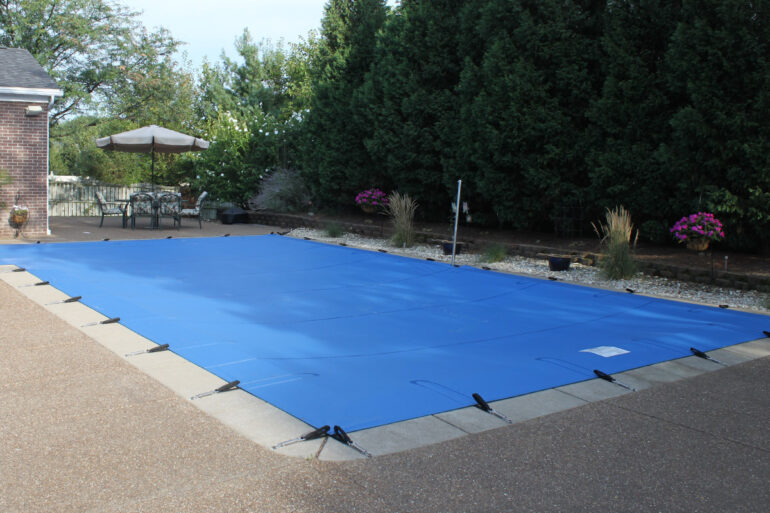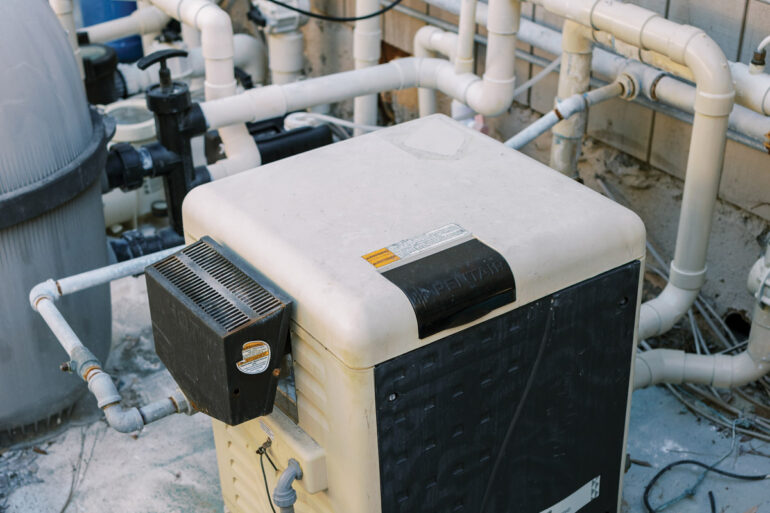Lockout/Tagout Keeps Everyone Protected

Some safety procedures are designed to keep you healthy, some are necessary to prevent injuries and some will save your life.
For pool service technicians, that’s the daily reality of working on equipment like heaters, pumps, filters, covers and chemical feeders. For these pool pros, following the best electrical safety practices is crucial to prevent serious physical harm, even electrocution, says Lauren Broom, owner of Space Coast Pool School in Palm Bay, Florida.
One of the best-known and most important practices is lockout/tagout, which prevents accidental startup or energization of equipment while the tech is working. It also keeps homeowners or other workers from inadvertently starting up the breakers.
“The importance of lockout/tagout cannot be overstated,” says Ryan Chan, CEO of UpKeep, a maintenance management software company based in Los Angeles. “It’s a concrete way of making the workplace safer.”
The importance of lockout/tagout cannot be overstated. It’s a concrete way of making the workplace safer.”
Ryan Chan, UpKeep
For the lockout/tagout procedure, the locks and tags are distinct physical tools that work together. Lockout devices, such as padlocks, include a key, which the tech removes and takes along for the visit after securing the energy-isolating device, preventing anyone from operating the equipment. Energy-isolating devices can include circuit breakers, line valves or safety blocks. As a second line of defense, a tag is placed on the energy-isolating device, alerting workers that the equipment is in lockout and should not be used. When the work is completed, the tech removes the tag and the lock with the key. Voltage meters are another line of defense before starting work.
“This ensures you’ve got the right breaker for the equipment you’re working on, and it’s turned off,” Broom says. “In the backyard at residential homes, sometimes the breakers are mislabeled.”
Beyond lockout/tagout, there are other electrical safety factors to consider. For instance, Broom says, techs should wear rubber-soled shoes and leave their loose jewelry at home (rings can be covered with electrical tape). They also shouldn’t attempt to work on electrical equipment in wet weather. And using the proper tools is essential: electrical-grade pliers, screwdrivers and clamps.
There are also industry standards to prevent these kinds of injuries — OSHA standard for The Control of Hazardous Energy (Lockout/Tagout) and Title 29 Code of Federal Regulations part 1910.147 and 29 CFR 1910.333 — which require companies to implement the correct or required safety policies, provide ongoing safety training and develop a safety-driven culture.
OSHA 10-hour training classes are offered by many private training schools and are one of the best ways pool techs can protect themselves, says Broom, an authorized OSHA trainer. These are typically designed to educate entry-level workers about the safety and health hazards on the job.
Broom’s company offers the only pool-industry-specific OSHA 10 General Industry course, taught through in-person and live virtual classes. Though not required in the pool industry, it can be an effective personal safety measure for techs.
“These procedures are very important for our industry to understand and learn more about,” Broom says. “There’s a lack of training across the board, and everybody who has taken my OSHA 10 class says, ‘Why isn’t this required to become a licensed contractor?’ They have that deer-in-the-headlights look.”
7 Steps to Basic Lockout/Tagout Protocol
UpKeep provides an overview of lockout/tagout steps. Once the equipment with hazardous energy sources is properly identified, the following general steps should be accomplished before servicing:
- Prepare for shutdown
- Notify all affected employees of the activities and equipment involved
- Shut down the equipment
- Isolate the equipment from the hazardous energy source
- Dissipate residual energy
- Apply applicable lockout or tagout devices
- Verify the equipment is properly isolated





